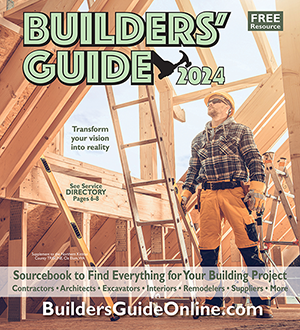- Inside of or in line to enter any indoor public space
- Seeking health care services
- Waiting for or riding public transportation
- Outdoors and unable to keep six feet away from others not in their household
There are exceptions to this order for children under the age of five and people with a medical condition, mental health condition or disability that prevents them from wearing a face covering. In no case should children under two years of age wear a face-covering due to the risk of suffocation.
“By using face coverings, we limit the spread of infected droplets being passed on to others when we talk, cough or sneeze,” said Wiesman. “I appreciate the efforts of those who are already regularly wearing face coverings in public, and urge others to join us in taking this critical step to control the virus. Each of us has a part to play to stop the spread of COVID-19 in our communities.”
The Department of Health has issued guidance for cloth face coverings. A cloth face covering is anything from a scarf or bandana to a sewn mask with ties or straps that go around your head or behind your ears.
It is important to ensure you are using and handling cloth face coverings properly. The face-covering should fit snugly around both your mouth and nose, and it should not have holes or tears in the fabric. Cloth face coverings should be washed frequently, ideally after each use, and certainly daily. If you are not able to wash it after each use, wash your hands or use alcohol-based hand sanitizer immediately after putting it back on and avoid touching your face.
For more information, visit the Department of Health’s website at www.doh.wa.gov/masks.



